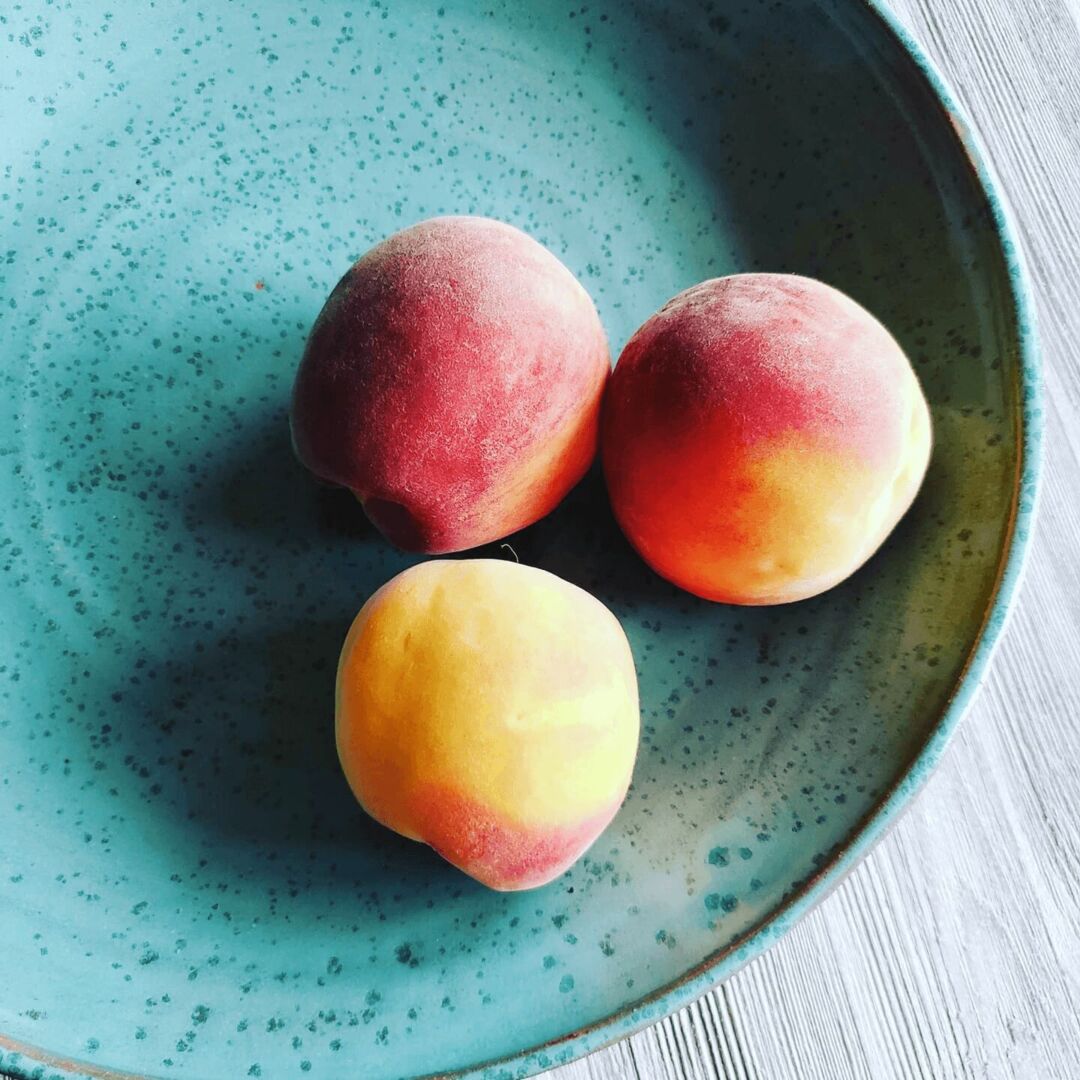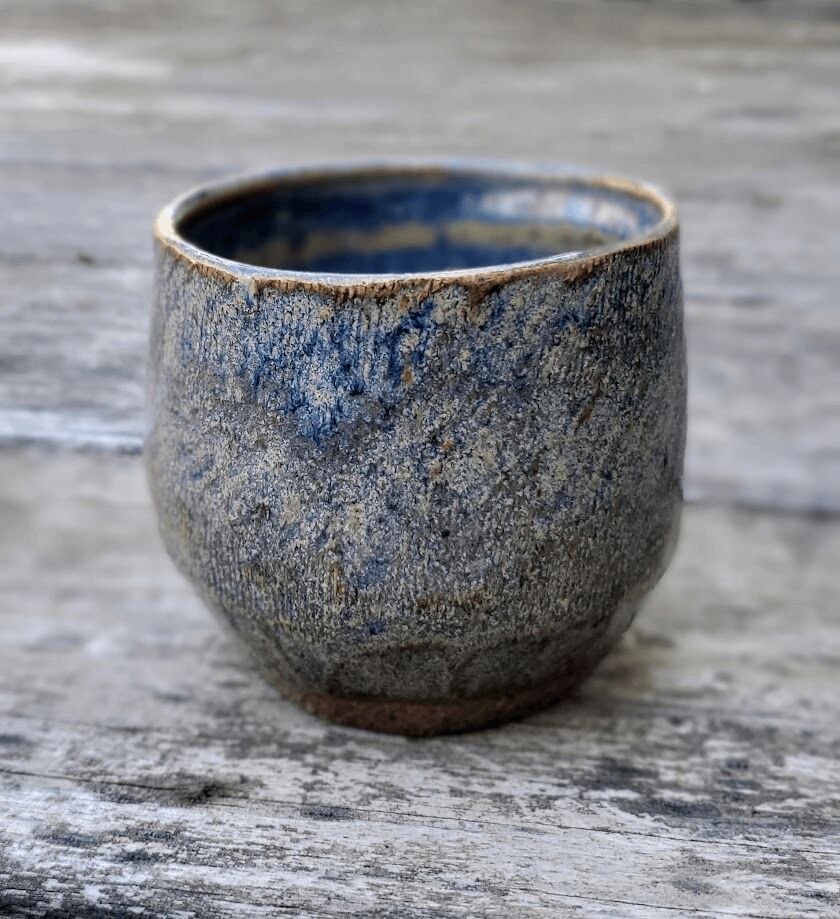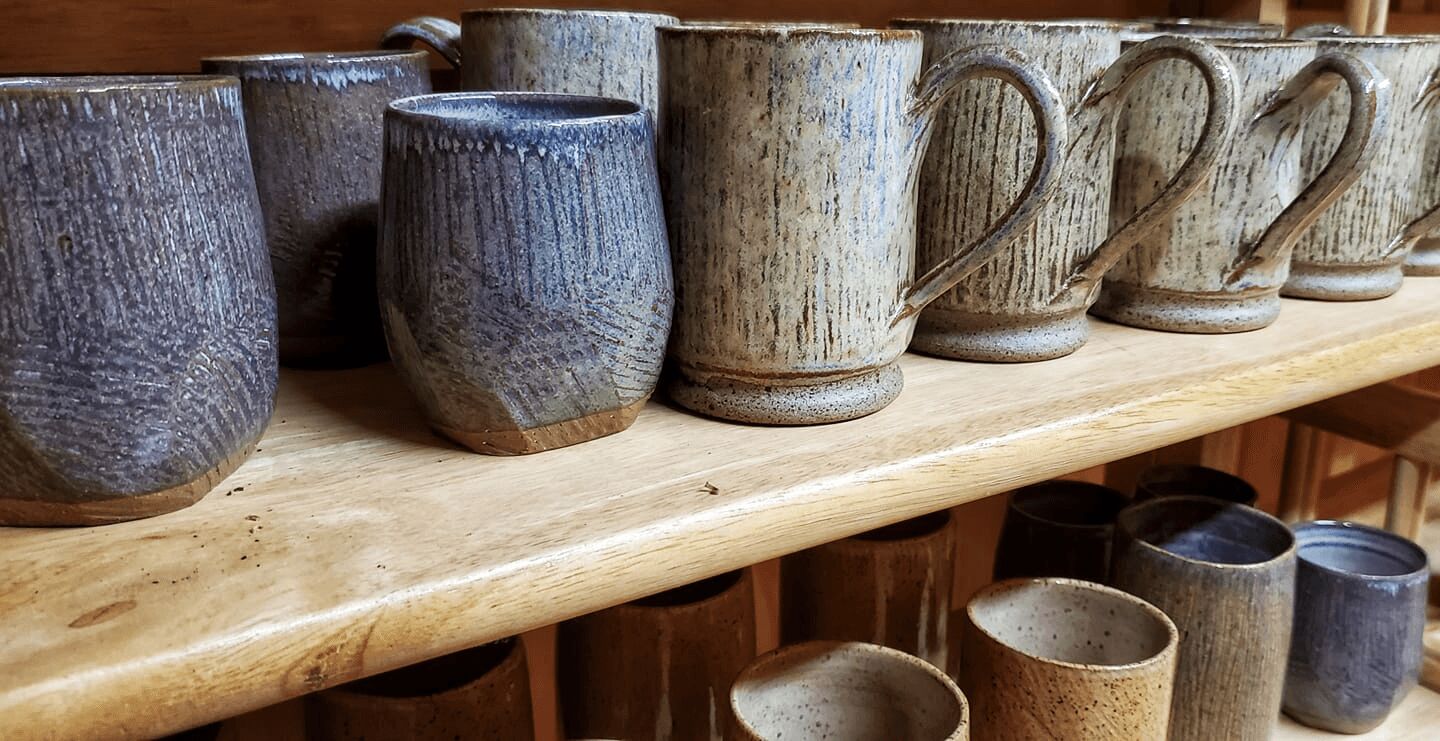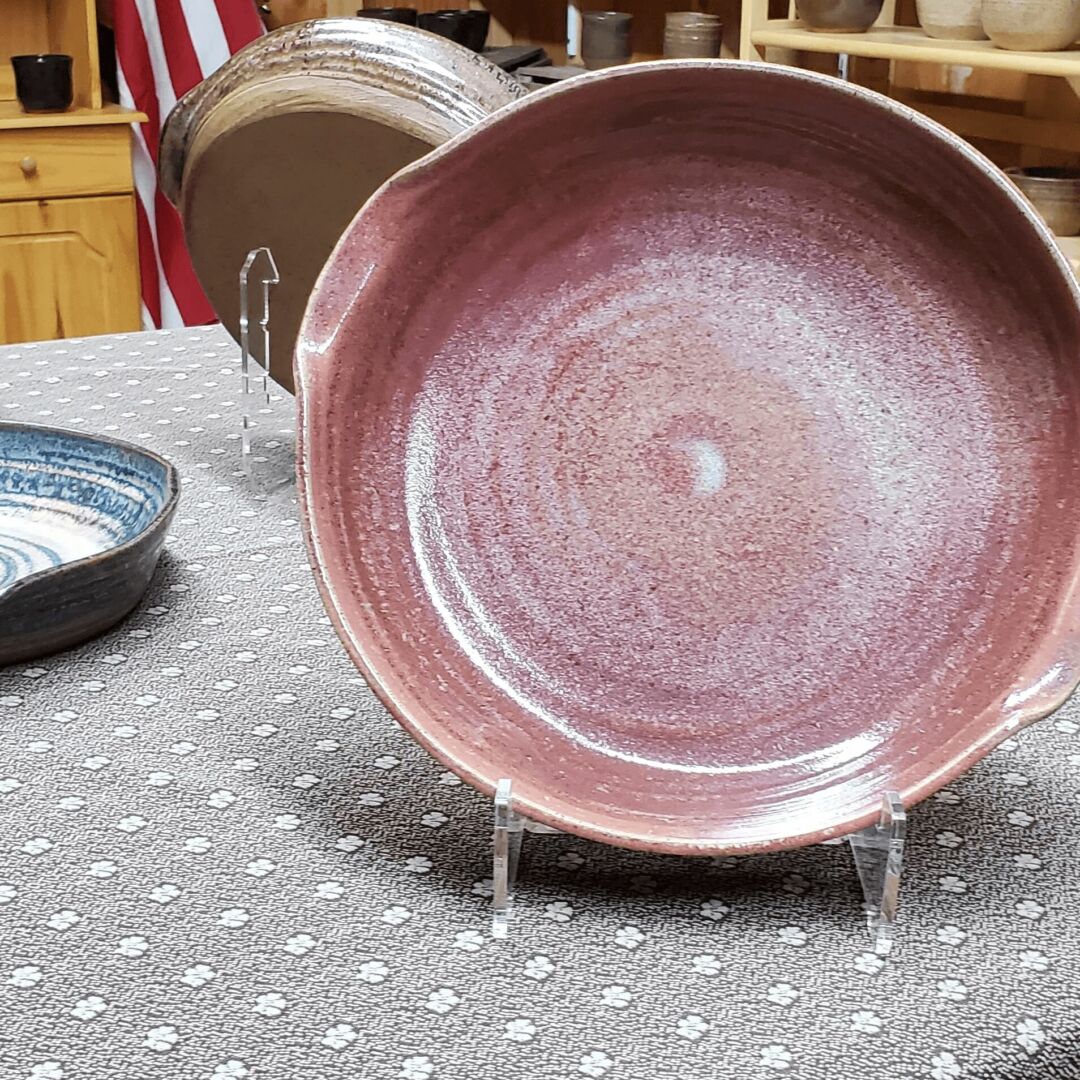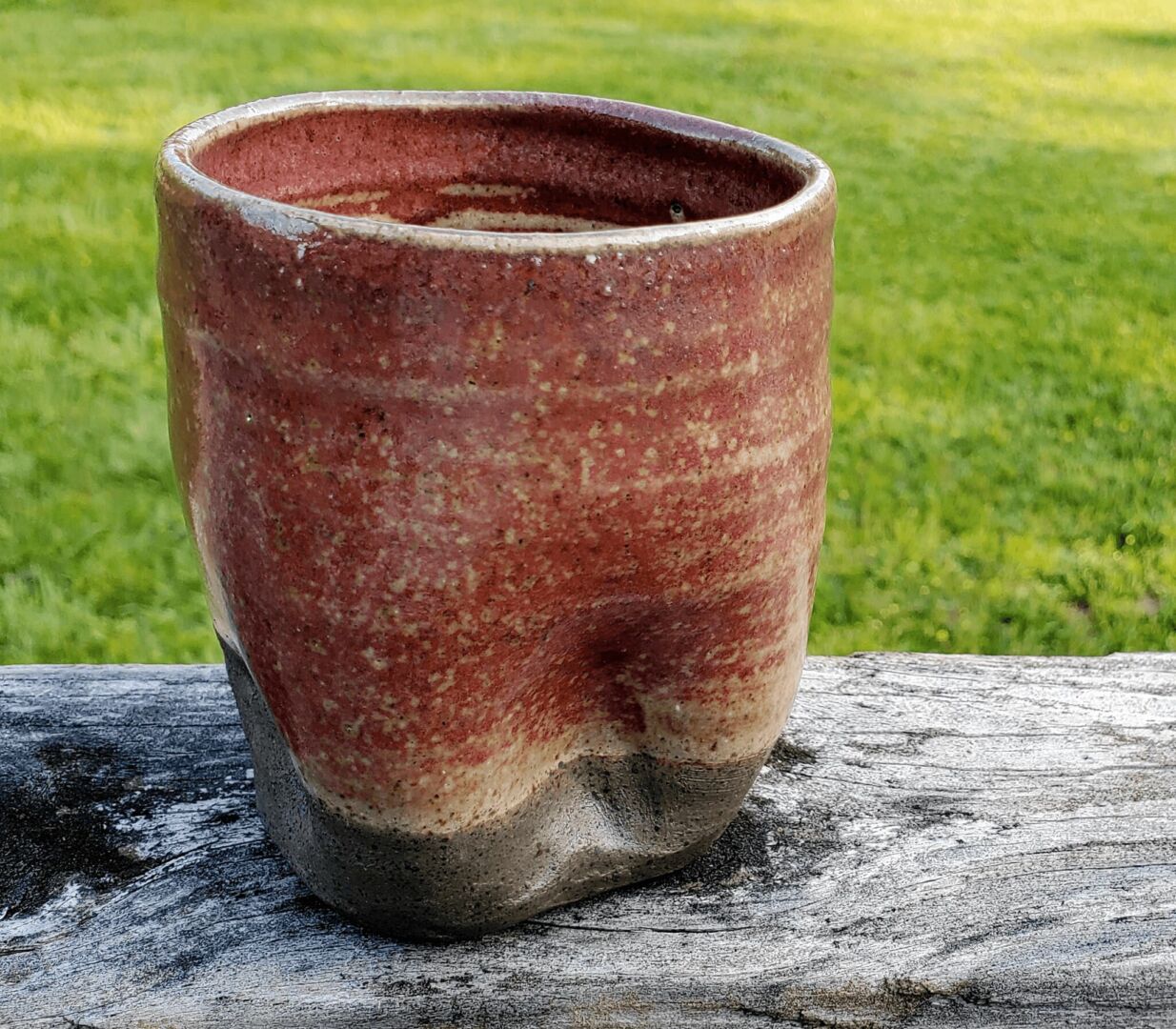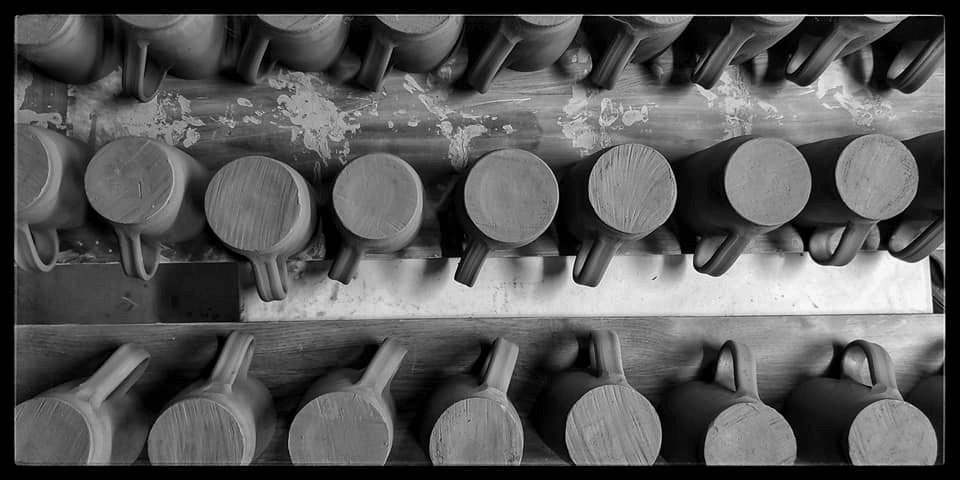Meet Alford Wayman | Potter & Manufacturing Technician
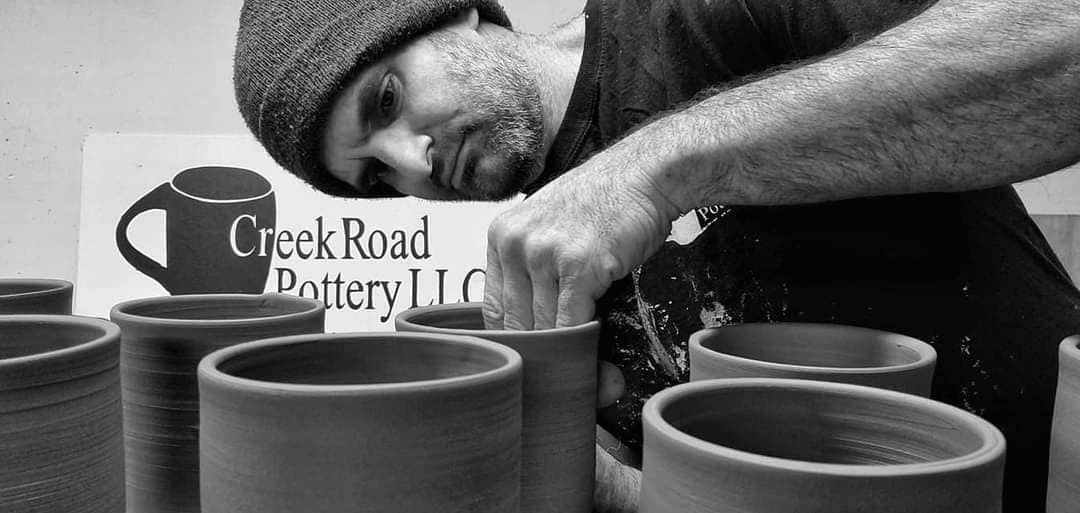
We had the good fortune of connecting with Alford Wayman and we’ve shared our conversation below.
Hi Alford, how has your perspective on work-life balance evolved over time?
There is no balance. It’s just life. When creating, it can feel like a race against time. When creating after or before work, it can feel even more urgent. You might set up a timer or an alarm to finish before you need to leave for the job. The race against time and to manage work, creating, and life might become an art form itself. It’s also important to know the difference between a hobby, job, career, and vocation. Both Elizabeth Gilbert and Seth Godin had some great ideas on this topic that influenced my thinking on work life balance.
I have been working my job to help finance my vocation for the past eight years. In a perfect world, the vocation would finance itself through getting paid for work done and projects completed. There is no shame in working a job when needed, and at times, it can be a way to pay for new tools or equipment to further the effectiveness of your vocation.
Many who have full-time work in their vocations supplement their income with paid jobs or have health insurance with their spouses or partners to offset the cost of living as they make a living through creating. Currently, I am the sole breadwinner, and the benefits and health insurance I receive from my job create the standard of living that allows me to practice my vocation as I balance my job and vocation. You might need to claim time for your vacation. You might need to give things up. It might be difficult. But once you start, it becomes easier by the day, and you look forward to the time. Over time, a little adds up to a lot.
I am working through the process of reclaiming time and making pottery a daily practice, like writing or showing up for others at my job. By reclaiming and setting a time each day for practice, I get to show up for myself like I show up for others. Others may not like that, but that’s their issue. I am enjoying the challenge when I set the clock to make pots before work or after.
I have some major projects in progress. One of these is reconstructing the wood kiln, and another is building a kiln shed for the gas updrafts. I plan to work overtime at the paper factory to earn extra funds for financing these projects. Summer offers plenty of lucrative opportunities for overtime work at my job, and I use the additional income to pay off bills and rely on my savings instead of taking out bank loans for the pottery projects.
If you’re working a job for extra income, there’s no need to feel ashamed or think that you’re not a “real potter.” It’s completely acceptable to have a hobby, a job, a career, and a vocation. Runners run, potters pot, and writers write. People may have different reasons and goals for doing things, but the important thing is to keep taking action and moving forward, regardless of how small the steps may seem.
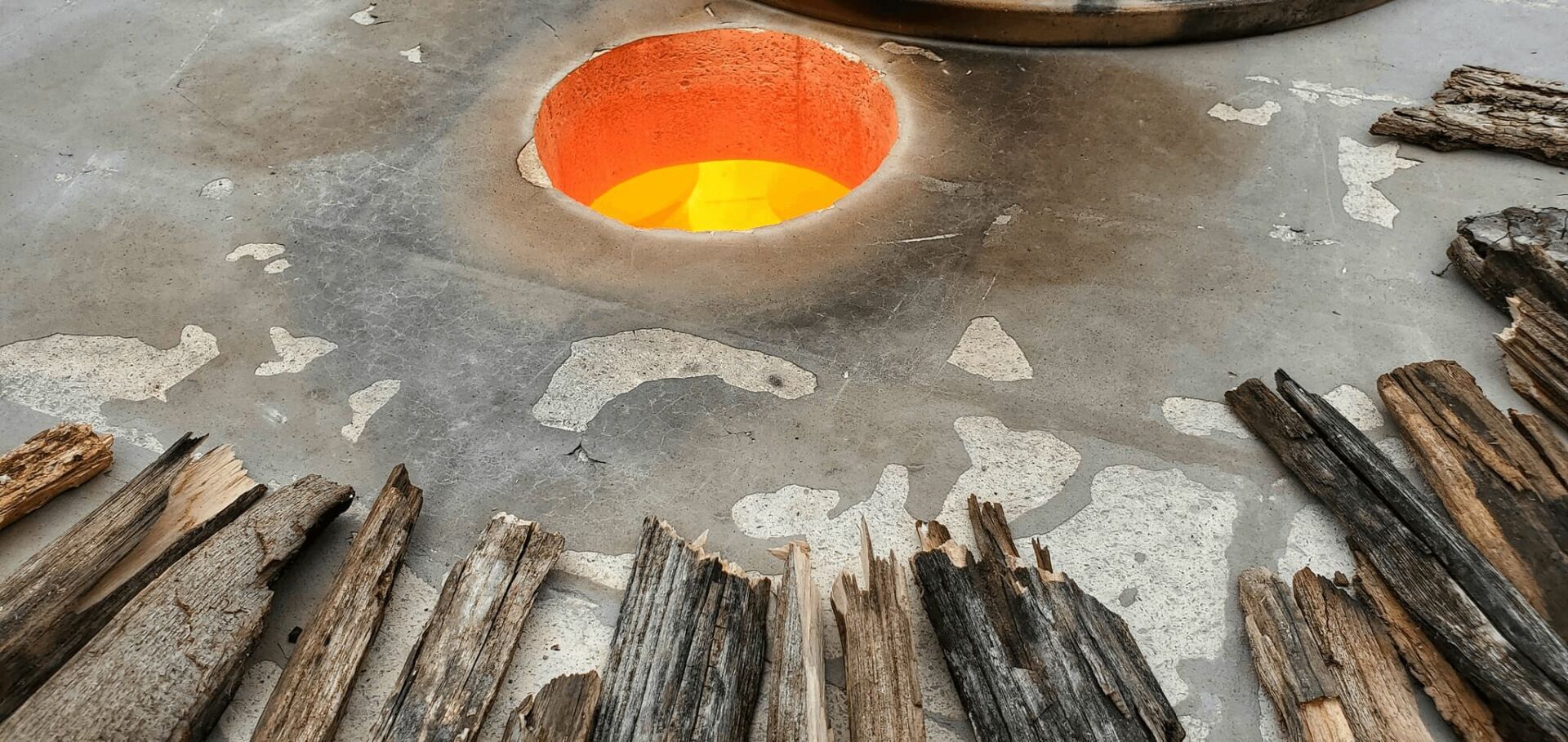
Alright, so let’s move onto what keeps you busy professionally?
I was introduced to clay in an introductory ceramic class at Keystone College in 1996. There, I saw the artist and professor Bill Tersteeg turn a large bowl on his wheel. I fell in love with clay as a medium because I could manipulate it in many ways, far more accessible than painting or drawing. After achieving my AFA, I spent three years at Marywood University, where I completed my BFA in Ceramics with artist and professor Matt Povse.
While attending university, I took time off to work an apprenticeship with the artist Sharon DiGennaro at Wild Flower Pottery in Thompson, PA. With student loans to pay off and no studio space, I put my wheel and kilns in storage for a long and sad ten years and worked in the manufacturing industry. When we bought our home, I put it in a small studio and dug out my wheel and kiln. It has been an incredible time working with clay again, and I was encouraged to sell some of my functional work by family. I continued almost where I had left off. I have been studying textures on functional ceramics, making conventional forms a work of art.
It is my belief that handmade functional pottery can bring joy to people from all walks of life for those who care. Whether you’re a banker or a night-shift factory worker, everyone should be able to appreciate the art and craft of handmade pottery. Functional pottery that is used daily might show signs of wear, such as a chipped mug rim, but it can also hold sentimental value and bring a sense of comfort. Functional pottery can also be a form of artistic expression, with artists showcasing their skills through design, color, texture, and other creative elements on everyday household items. These unique pieces can add vibrancy and creativity to our daily lives, making art a part of our lifestyle.
Using a handmade shave bowl and brush for a morning routine or drinking juice from a handmade pottery cup holds more value than mass-produced items. Each imperfection, such as a wobbly rim, a fingerprint left in the glaze, or a slightly uneven bottom, signifies the individual touch of the artist. Even in a set, no two pieces are exactly the same. I will dedicate my days off from the factory to creating pottery and help you find a unique gift for yourself, your family, or a friend that can be enjoyed every day. I hope you appreciate the blend of function, color, and texture in this meaningful pottery. It’s pottery that matters for people who care.
At Creek Road Pottery LLC, I understand how challenging it can be to find authentic handmade pottery. I am committed to creating pottery that holds meaning for people who value it. My work is meaningful not only because it is handmade but also because a portion of the proceeds goes toward helping those in need within our community. I cater to individuals who appreciate using locally crafted, reusable items. At Creek Road Pottery, I strive to keep my pots affordable for hardworking families who want to incorporate handmade items into their daily lives. My core values include safety, quality, integrity, community building, and customer service. I also prioritize creativity, organization, and community-mindedness as my guiding principles. So I may not need to make pots for everyone, just for the folks who care. Affordable does not mean cheap, but you can buy a nice pot without breaking the bank.
At Creek Road Pottery I use Permission based/ Story based marketing. Influenced by ideas from Carl Jung, Joseph Campbell, Seth Godin, and Donald Miller has helped me bring the “story” to my work. That means using empathy, generosity, and gratitude while making work for the least viable audience, and the idea of 1000 true fans who care is all you may need to make the change you seek to make. The customers are involved with the creating process. There are 20 key activities here I work on in a planned strategy and rotation. Some of those activities are attempting to create and influence the story I tell myself about the work, the story I tell others, the story the work tells, the story the customer tells themselves, the story the customer tells themselves about the work, and the story they tell others.
That sounds like a lot to control, but those who create screen plays work out all these areas of stories when writing scripts. My friends might just tell me to make work and sell it. However, taking time to create and tell a story that brings about a change you seek to make sets up the scaffolding and structure to create something larger than yourself. Homer did such things in his epics, where the ancients were very concerned about kleos and tîmê. In Greek, this means “glory” or “Fame,” but in simple terms, it is basically “what people say about you. “Tîmê” is honor paid to you by those around you. Never be so vain as to test the bards to see if your name and story comes up in their song. You need to work for it.
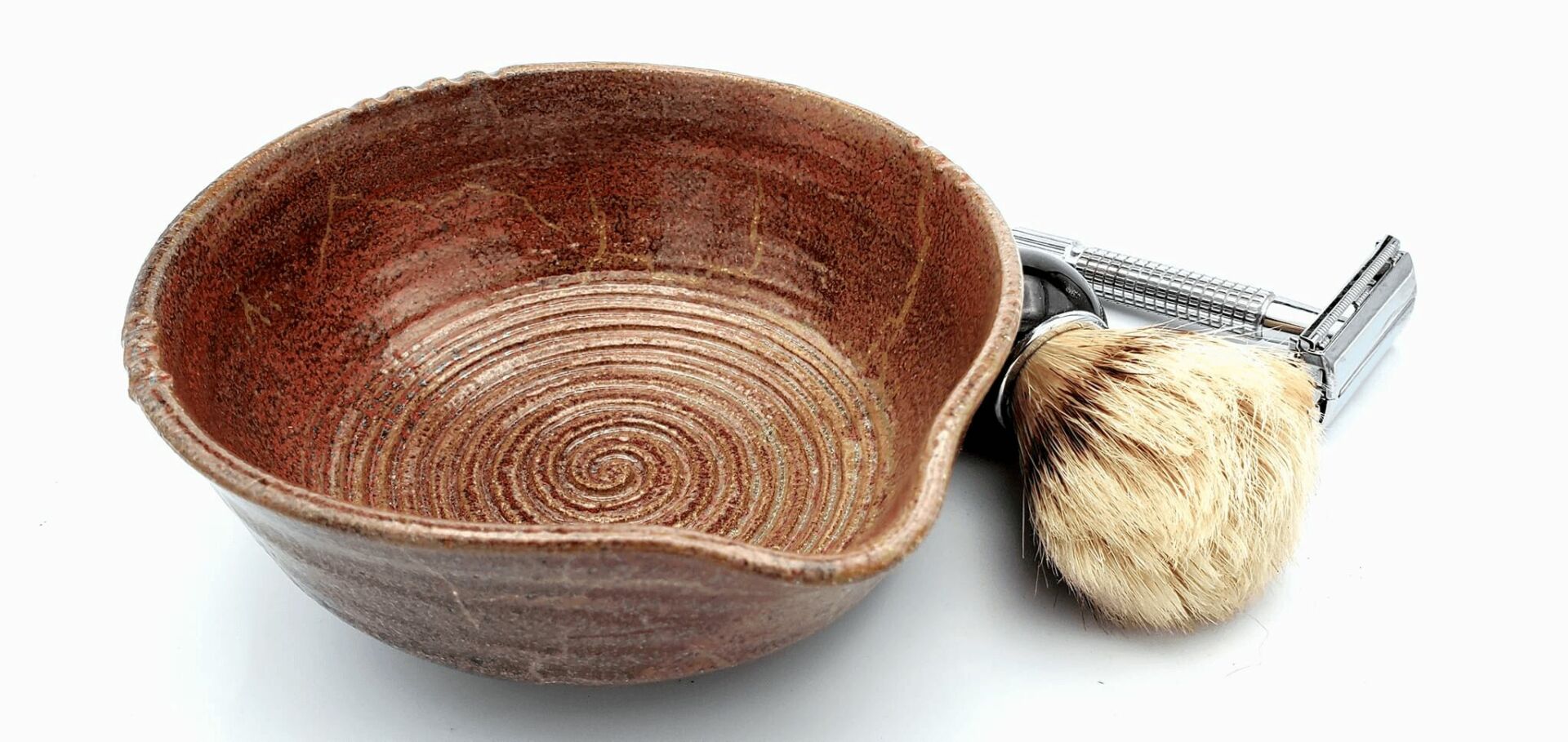
Let’s say your best friend was visiting the area and you wanted to show them the best time ever. Where would you take them? Give us a little itinerary – say it was a week long trip, where would you eat, drink, visit, hang out, etc.
The first day we would go for a swim back at my home in the mountains of Northeast Pennsylvania, in the cold Starrucca Creek at the Melrose Falls. Way down under the waters, we would catch minnows with our hands and look for crayfish under the rocks. After we would go pick some apples from the fruit tree just down the road. We would then take the apples up the road to my Aunt Barb and we would use her oven to make an apple pie. She might give us pointers on how to make the best homemade pie crust. While the pie bakes, we would talk with Uncle Will and have a beer, while we sat on the porch looking at the mountains, telling stories of old times about his days working on cars and farming.
The next day we would take a hike on the D&H rail trail. At the end we would visit the historical Starrucca Viaduct, the stone arch bridge that spans Starrucca Creek. In the town of Susquehanna we would visit Schneider’s market and in the back of that market, there are handmade “speedies”, or marinated chicken chunks. We could try to have the butcher “Grady” give us the recipe. I have been asking for 25 years for the top secret information but he never caved. We would then take the “speedies” to the park in front of the looming historical Starrucca House Rail Road Depot, and get out our camp stoves and have a picnic. After we would head to Scoops in Susquehanna and get and ice cream. When you go in, if they know you, they might ask how your family is doing as they make your cone. They may even give you a sample of sherbet to take back home as a little treat for your Mom, who they have not seen in a while.
After would get the kayaks and take a paddle down the Susquehanna River from Afton, New York, as it meanders lazily though the corn fields and farm land. If we are lucky we will meet up with the baptists on their progressive paddle trip. They might invite us to the different stops along the way for different foods, drinks, and maybe a small sermon, but not to bad for free. Our images may end up in a group in some photo book at some church. We would sleep out along the river for the first night, just a little further down from where we seen the black bear cross. We would then paddle into the Pine Crest Campground and camp for the night. Maybe make smores and listen to the peepers, the bull frogs croak, and watch the flicker of the fire flies.
Lastly, we would take a trip to the Oakland trailer park for a cookout and little bonfire. At the top row, the first trailer, we would drink cheap beer and listen to Ray tell stories as we eat grilled chicken and homemade macaroni salad. Holly makes it just like Grandma did back when she was alive. We might shoot off some illegal fire works and listen to some loud hairband music because Ray might have the speakers in the mobile home windows blasting Guns & Roses.
Now, all these places may not be for you. But there are the places where the local bard’s stories are told and absorbed. Where empathy, generosity, and gratitude foams over like a shook up beer.
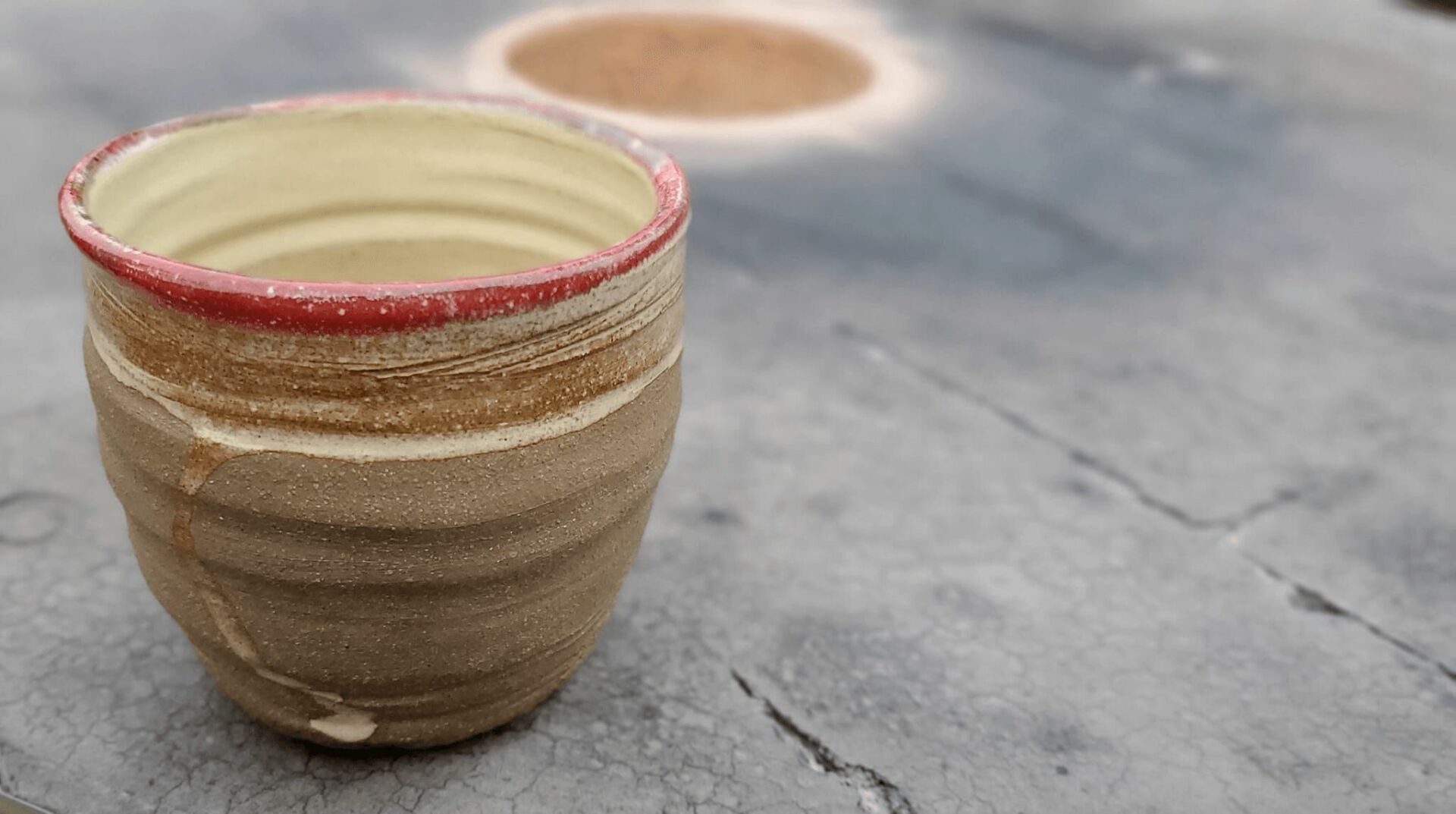
Who else deserves some credit and recognition?
Business writer and philosopher, Seth Godin and his book that is coming out in October 2024, This Is Strategy: Make Better Plans. I was able to work with Seth as he wrote the book on his creative project platform, Purple Space.
Website: https://creekroadpottery.com/
Instagram: https://www.instagram.com/creekroadpottery/
Linkedin: https://www.linkedin.com/in/alford-wayman-87489212/
Facebook: https://www.facebook.com/creekroadpotteryllc
Youtube: https://www.youtube.com/@CreekRoadPotteryLLC
Other: The Pin Tool Podcast:
https://creekroadpottery.podbean.com/
The Pottery Dailies Publication:
https://thepotterydailies.substack.com/
The Pottery Pen Pal Program:
